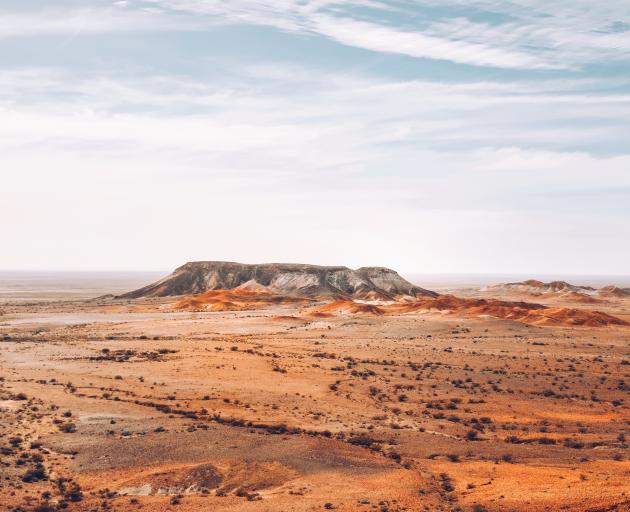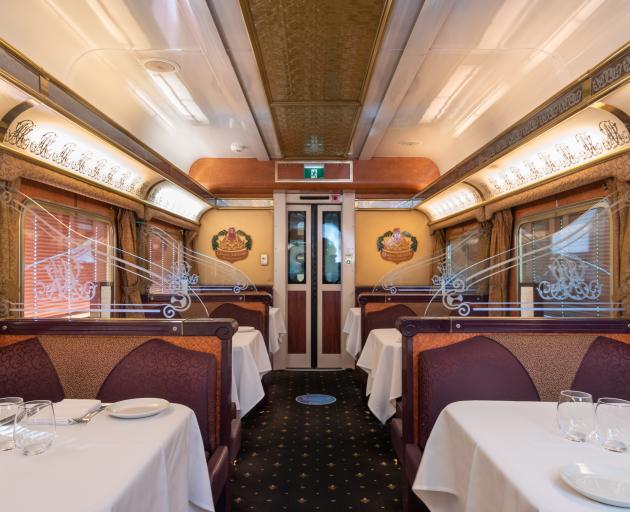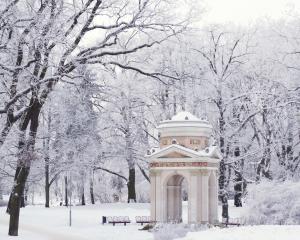
So here we are at Darwin Berrimah Rail Terminal about to board the legendary Ghan. Our destination Adelaide and the start of a 2979km four-day journey from the top to the bottom end of Australia through some of the most isolated and rugged parts of this vast continent. It is fierce and uncompromisingly barren out there and, by and large, untouched.

Today it’s all about splendour with the train divided into two classes of travel, Platinum and Gold. We’re travelling Platinum which is much cosier and a lot more spacious. Cabins include a foldaway writing desk, coffee table, four music channels, Wi-fi, built-in wardrobes, double or single beds, quality linen and bathrobes, an en suite with a full-size shower stacked with towels and a range of high-quality complimentary bathroom amenities. Gold is a little more compact with cabins transformed into sleeping berths with fold-down bunks at night, a separate shower and toilet. Whatever your choice or whatever you can afford, the experience will not disappoint.

On cue, 10am and it’s time to travel. The wheels begin to turn slowly and as we pull away from the station a strong crowd of well-wishers are waving off friends from the platform. We sigh, settle back and sip our Champagne as the train slides gracefully out of Darwin.
Size goes with territory in Australia and The Ghan is no exception. During peak time, the train has up to 44 carriages stretching 1.1km. On this journey there are 27 carriages stretching 700m pulled by two powerful 4.400-horsepower locomotives. On board there are 178 passengers, including 54 Platinum, serviced by a crew of 12 including four chefs. This is first-class travel at its very best.

Table settings are immaculately laid with pure white linen, heavy silverware and vases of fresh flowers. During the day, barista coffee and tea with moorish biscuits are available.

After a gourmet breakfast the following day we arrive at Alice Springs, the second-largest town in the Territory and gateway to the Red Centre. Nestled between the MacDonnell Ranges, Alice is famous for its desert landscapes, strong aboriginal culture, Royal Flying Doctor Service and home to the 150-year-old Overland Telegraph Line that once linked Darwin to Adelaide.
We sign up for the Simpsons Gap tour, a four-hour leisurely discovery walk and one of the locals’ favourite places to visit. One look at the spectacular landscape and it’s easy to see why. Located in Tjoritja National Park, this scenic oasis of gorges and towering cliffs encapsulates the best of Central Australia’s natural landscape.

Day three starts with admiring the early morning colours of central Australia. Before our arrival at the remote railway siding of Manguri, we were fortunate to observe a mob of kangaroos engaged in Mexican stand-offs and a pair of emus streaking across the plains. After breakfast, we drive along the red dusty outback roads bound for Coober Pedy, the opal mining capital of the world and where people live underground.
Famous for its mine shafts and "that’s one small step for man" lunar-like landscape, quirky history and labyrinth of underground houses, hotels and shops. At first glance this seems like a rough and ready sleepy little town; however, it doesn’t take long to realise this place is full of life. After a morning of discovery and a determination to find the biggest opal, we lunch in an enormous underground cave.

As we pull into Adelaide Parklands Terminal, our suitcases are packed and the cleaners are waiting to board as the carriages empty. We are feeling a little sad as we say our goodbyes to the train staff and our new friends we met along the way. Another journey ends and another begins!
Need to know
Getting there: Qantas and Air New Zealand have flights to Adelaide and Darwin.
Where to stay: For comfort, reliability and the most affordable accommodation, we stayed at Accor Hotels in Darwin and Adelaide.













